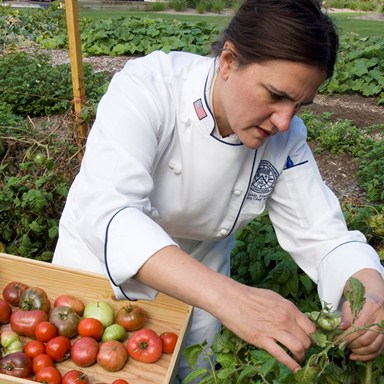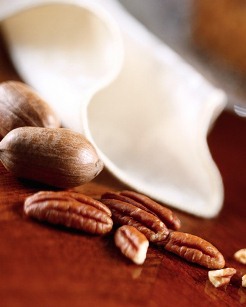Top 10 Foods to Watch in 2011
Thursday, 06 January 2011 15:00
 Courtesy of FoodChannel.com
Courtesy of FoodChannel.com
Pie, sausage, nutmeg and moonshine top the list.
In the food business, everyone’s looking for the “next” this, or the “new” that. Here are the foods and flavors we see making noise in the new year.
1. Small Pies. Pie, of course, has been around forever, but 2011 could be the Year of the Pie. Some are already calling it the “next cupcake.” We say, yes, pies will be hot in the coming year, but look for smaller pies to make it big—in both sweet and savory varieties.

 Korean tacos, Southern comfort and “frugality fatigue” are among the leading restaurant trends predicted by Technomic for next year.
Korean tacos, Southern comfort and “frugality fatigue” are among the leading restaurant trends predicted by Technomic for next year. Grant program honoring exemplary culinary training across the nation exposed food editors and other media to educators’ innovations on the plate during the 2010 IFEC Conference in New Orleans.
Grant program honoring exemplary culinary training across the nation exposed food editors and other media to educators’ innovations on the plate during the 2010 IFEC Conference in New Orleans. Having identified types of sparkling wines, here’s how to serve them.
Having identified types of sparkling wines, here’s how to serve them. Recent research suggests pecans, applicable in recipes for every season, are packed with nutrition.
Recent research suggests pecans, applicable in recipes for every season, are packed with nutrition.